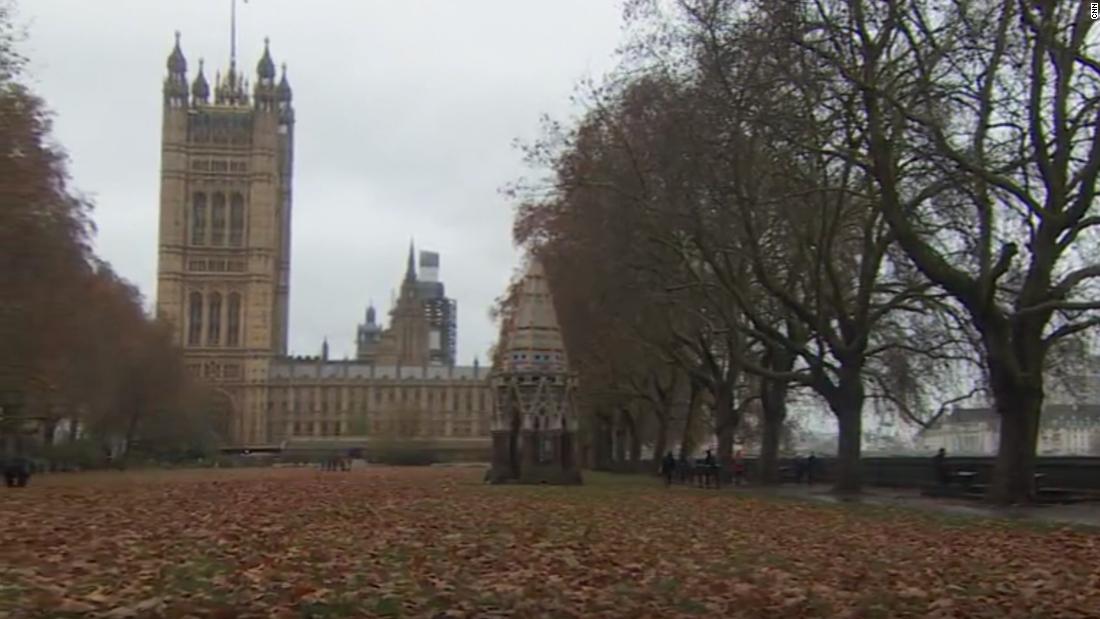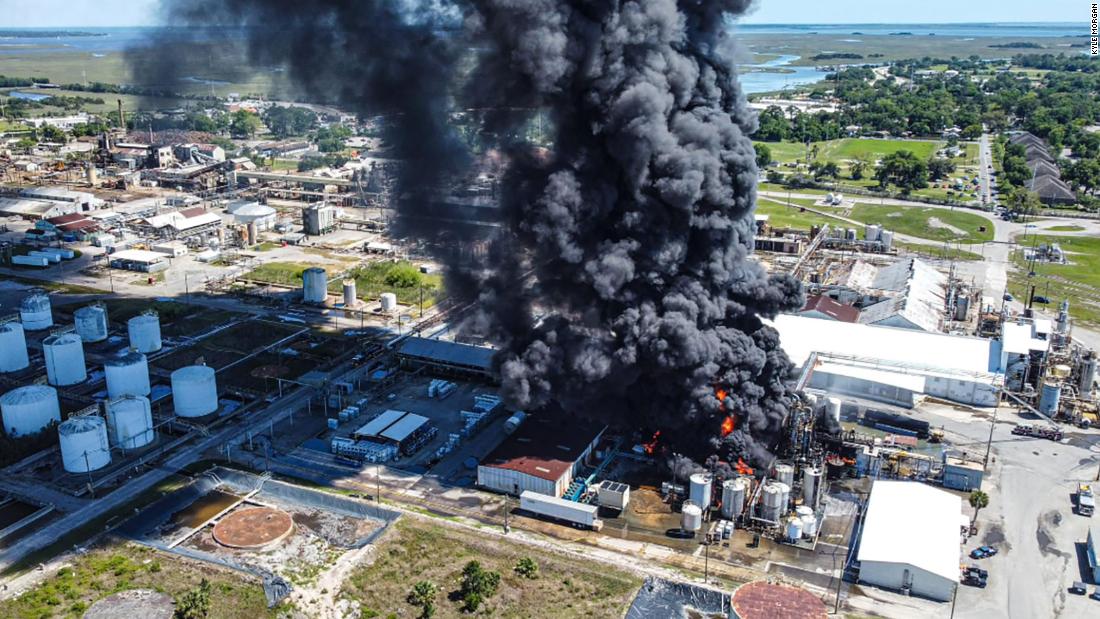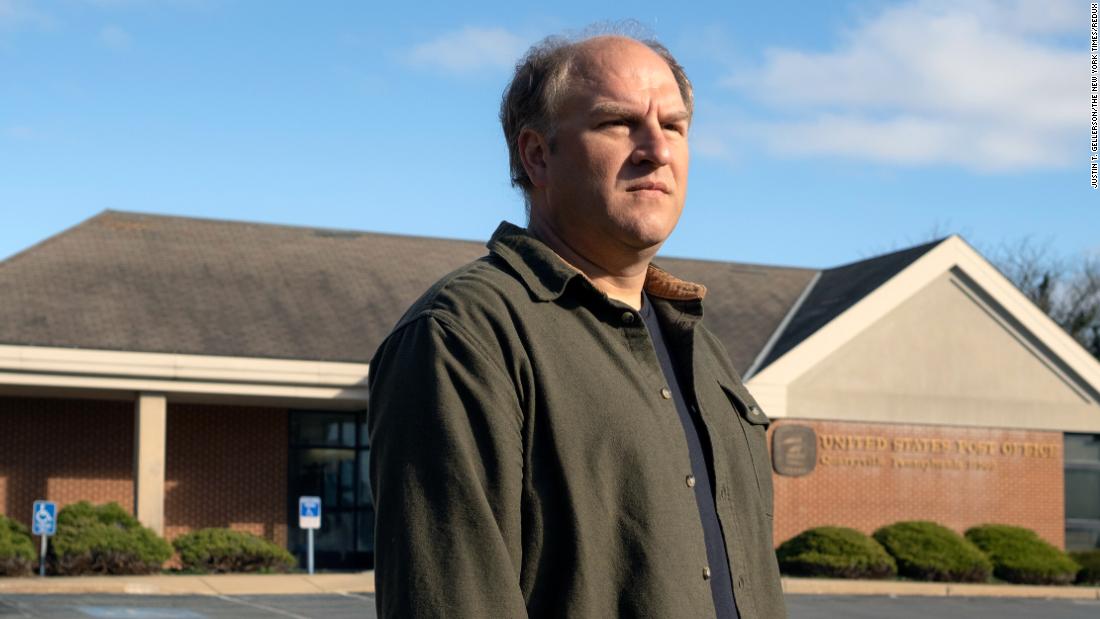THESE are exciting times to be an Aston Villa fan – and they are about to get even better.
The club tasted Champions League football for the first time this season, with memorable victories at Villa Park over Bayern Munich and Paris Saint-Germain.
ReutersVilla Park is set to undergo a major renovation project[/caption]
GettyAston Villa have played at Villa Park since 1897[/caption]
GettyFans will be hoping the increased capacity can create an even better atmosphere[/caption]
Planning permission was approved for the refurbishment of the North StandPA:Press Association
Now they are progressing with plans to renovate their iconic stadium, bolstering the capacity to rival the Premier League elite while creating a giant beer hall and even hosting another sport.
THE VILLA PARK STORY
Villa Park opened in 1897 and has been Aston Villa’s home ever since after they moved from the uneven pitch of Wellington Road.
The stadium was built in the grounds of the Aston Hall stately home, owned by Sir Thomas Holte, whose name is used for the famous stand behind one goal.
The pitch now sits where an ornamental pond once took pride of place.
The original stadium took three years to build at a cost of £16,733, approximately £1.8m today, with a capacity of 40,000.
In its early years, the pitch had a cycling track around the perimeter to host cycling and athletics events.
Various renovations have taken place over the years, including an £887 terrace covering.
Plans were drawn in 1914 to fit in 120,000 fans but never materialised.
CASINO SPECIAL – BEST CASINO BONUSES FROM £10 DEPOSITS
Everton’s Goodison Park inspired the two-tier design before further updates in the 1970s once Doug Ellis became chairman.
Villa Park’s capacity hit 46,000 in 1994 but reduced back to 40,310 when the Holte End became an all-seater stand by the end of that year.
The most recent renovation work was the rebuilding of the Trinity Stand in 2000, officially opened by King Charles, whose grandfather George VI opened the previous version 77 years earlier.
The current capacity is 42,918 – making Villa Park the tenth-biggest football stadium in England.
GettyThe stadium was built in the grounds of Aston Hall, with the pitch now where an ornamental pond once was[/caption]
GettyThe Holte End is named after former Aston Hall owner Sir Thomas Holte[/caption]
GettyThe ground has undergone several expansions and updates over the decades[/caption]
GettyThere were designs to take the capacity up to 120,000 in the 1910s[/caption]
AFPKing Charles, then the Prince of Wales, opened the Trinity Stand in 2000[/caption]
AlamyThe official capacity in 2024-25 is 42,918[/caption]
WHY NOW?
There have been long-term hopes to increase the size of Villa Park for years.
But they turned into genuine plans when the new V Sports owners took over from Tony Xia for good in 2019 and the club enjoyed promotion back to the Premier League.
Villa received planning approval from Birmingham City Council for their new development in December 2022, prompting the expansion ideas to go public.
The following year, though, the proposals to demolish the North Stand and completely rebuild it were shelved by president of business operations Chris Heck as a “bad idea” that would see the stadium’s capacity drop to 36,000 for the 2024-25 and 2025-26 seasons.
But in December 2024, Villa announced new grand designs with artists’ impressions of what the updated Villa Park could look like with a modernised North Stand.
The timing could not have been better, coming in the year the club celebrated their 150th anniversary.
And it also coincided with the Champions League campaign, which saw Unai Emery lead his side to eighth in the league phase to book their spot in the last 16 where they saw off Club Brugge before falling to PSG in a blockbuster quarter-final.
GettyVilla are planning to modernise the North Stand as part of a £100m project[/caption]
Aston Villa FCThe current North Stand holds 5,000 fans[/caption]
Aston Villa FCThe expanded update could accommodate 12,000 – a massive increase[/caption]
Aston Villa FCThe new capacity would help Villa Park rival some of the biggest stadiums in the country[/caption]
WHAT ARE THEY PLANNING?
First and foremost, the standout plan is to redevelop the North Stand.
Villa confirmed in April 2025 that the stand will be refurbished and expanded from 5,000 to more than 12,000 seats.
The three other stands are also getting minor upgrades, too, which means the overall capacity of Villa Park will initially increase to around 50,000 – a 7,000 boost.
However, eventually the hope is to bolster that total to 52,000 in the coming years.
Ironically, even with the increases, Villa will slip down the Premier League pecking order because of Everton moving into their new 53,000-seater Hill Dickinson Stadium at Bramley-Moore Dock.
Villa are also developing the area outside the ground, with a new “plaza” complex on the site of the current car park in front of the North Stand.
That will feature The Warehouse, a massive beer hall which will be the largest in the Premier League and a fan zone space for supporters to gather before matches.
A brand-new two-storey club shop is also in the works for fans to stock up on all their Aston Villa merchandise.
And, as part of the condition of the council’s approval, the Witton train station, located just a few hundred metres north of the ground, is also set to be rebuilt with a new footbridge, larger and safer queueing systems, improved shelters and capacity for bigger trains.
This is to accommodate double the number of passengers to 10,000 fans on a matchday.
Aston Villa FCA new facade would give the historic ground a fresh appearance[/caption]
Aston Villa FCThe overall capacity is set to exceed 50,000[/caption]
Aston Villa FCFans will hope to see more big European nights[/caption]
Aston Villa FCVilla released artists’ impressions of what it may look like[/caption]
Aston Villa FCThe current car park would be replaced by a new plaza complex[/caption]
Aston Villa FCA new multi-storey fan store is part of the development plans[/caption]
Aston Villa FCThe Warehouse will become the Premier League’s biggest beer hall come Christmas this year[/caption]
Aston Villa FCThe indoor venue would be used by fans on matchdays but also stage gigs[/caption]
Aston Villa FCBoxing fight nights are also on the card for The Warehouse[/caption]
HOW LONG WILL IT TAKE?
Villa expect the construction work to take around 24 months to complete – and are hoping it will all be done by the end of 2027.
The Warehouse is set to be ready to open by Christmas 2025, though.
Crucially, Villa are NOT planning to reduce Villa Park’s capacity while the new North Stand is built in a rarely-seen move.
The likes of Liverpool and Fulham saw their maximum attendances drop as a result of the building work.
But Villa proudly announced their “robust design process” found a way to modernise the existing North Stand “without losing any seats during the season”, meaning a full house can continue to roar the Villans on.
Villa hope to make The Warehouse a leading West Midlands arenaAston Villa FC
Aston Villa FCThe whole project should generate £120m annually and 1,700 full-time jobs[/caption]
Aston Villa FCAn open-plan area will be a space for supporters to gather before kick-off[/caption]
Aston Villa FCA new stand would no doubt feature a fully-equipped concourse[/caption]
Aston Villa FCThe development zone outside the stadium is in front of the North Stand[/caption]
HOW MUCH WILL IT COST?
As expected, the whole project will not come cheap.
Aston Villa have estimated the cost will be a minimum of £100m for the improvements to Villa Park.
The large bulk of that will go into the brand-new North Stand.
IS IT WORTH IT?
That is the big question – and it is hard to see this redevelopment being anything other than a positive for Aston Villa and the local area once the obtrusive building work is all done.
A bigger ground has two key, fundamental benefits – more fans creating a better atmosphere and more money made from selling extra tickets, refreshments and merchandise.
Villa also predict the renovation will help pump £120m annually into the local economy and create 1,700 full-time equivalent jobs.
But there are a few other major benefits.
The Warehouse will double up as a key indoor arena in the West Midlands, staging high-profile music gigs and even boxing fight nights in the new indoor arena.
Lastly, and most importantly for all football fans, the work is scheduled to be done by the end of 2027 – in time for Euro 2028.
Villa Park is one of the nine venues put forward to Uefa to stage matches when the UK and Ireland host the tournament.
GettyWitton railway station looks on course for a rebuild[/caption]
GettyLiverpool had to reduce their capacity while Anfield was renovated[/caption]
GettyFulham also endured a similar issue but Villa have managed to avoid it[/caption]
GettyEverton’s new stadium will be fractionally bigger than Villa Park – even after all the improvements[/caption]
GettyThe Everton ground becomes the Toffees’ home venue from the 2025-26 season[/caption]
ReutersVilla Park is one of the nine stadiums put forward to host Euro 2028 matches[/caption]
GettyVilla Park has seen plenty of memorable moments – including this season’s Champions League run[/caption]
GettyAston Villa beat Bayern Munich at their raucous home ground[/caption] Creator – [#item_custom_dc:creator]














































































































